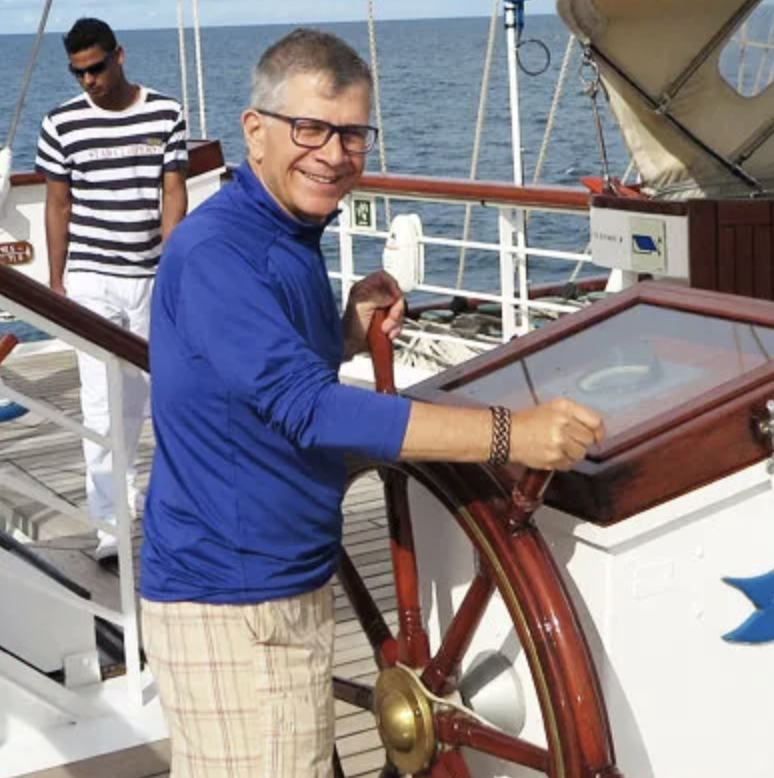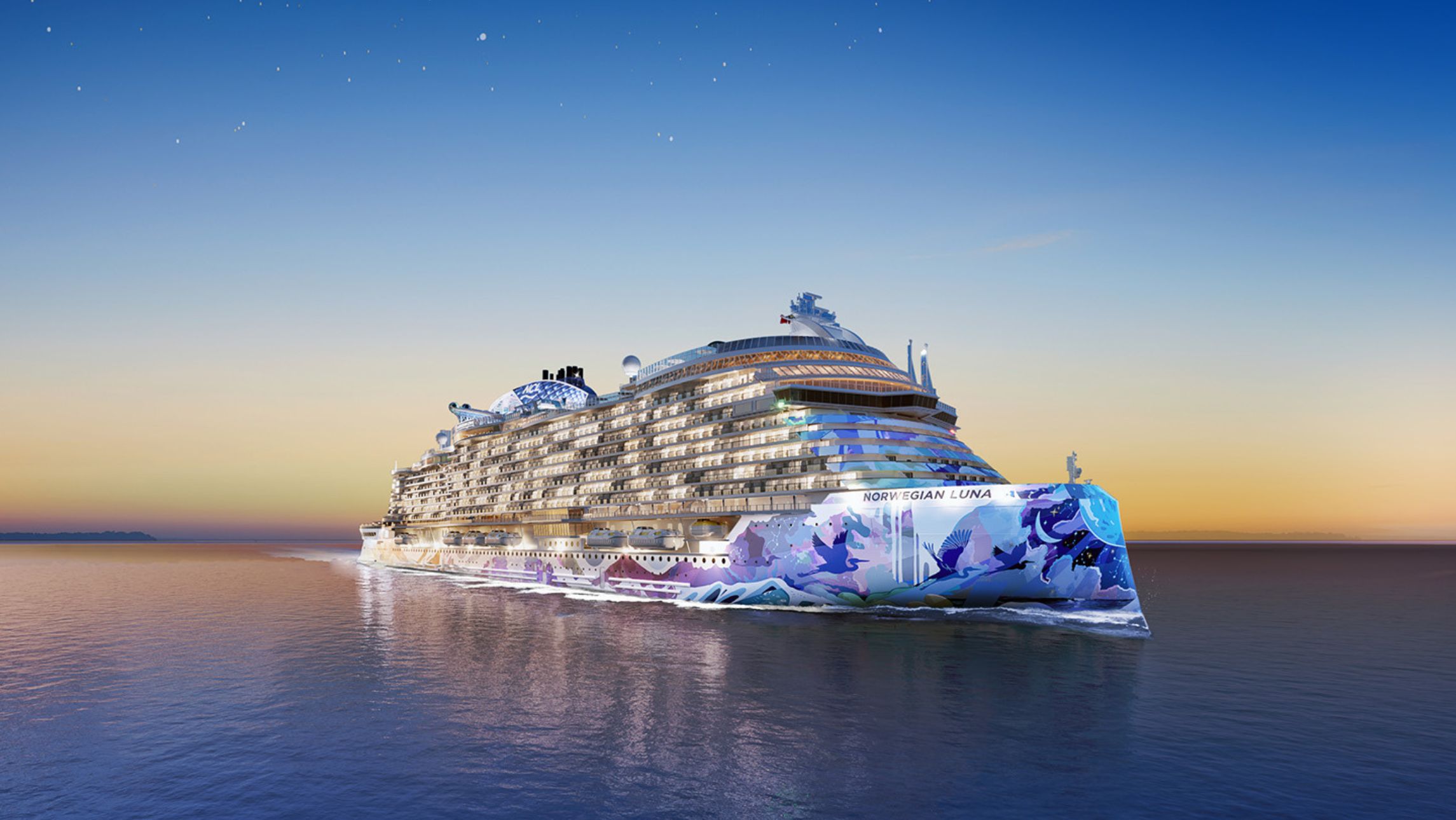The true extent of the task of reforming the cruise industry has been spelt out after the US Centres for Disease Control extended its No Sail order until July 24.
According to American broadcaster CNN, the centre has “reason to believe that cruise ship travel may continue to introduce, transmit, or spread Covid-19.”
Dr Martin Cetron told the news channel: “We have been learning a lot over the last four months about this virus and the pandemic.”
He said cruise ships had problems with three distinct demographics:
- Elderly guests whose average age is in the 70s
- People with underlying medical conditions
- The ship’s crew
The doctor gave new insights into the problems the crew present. The young and mobile crew stay with the ship for weeks in often close living conditions with limited ability to social distance.
“Unlike the passengers, they stay on board from one sailing to the next … so they can serve as a reservoir: both the asymptomatic, and the mildly infected who don’t recognise that they have any serious concern.”
Think about an aircraft: the crew changes with each flight. That doesn’t happen with a cruise ship.
The CDC’s order on cruise ships is a first. They have demanded comprehensive plans to prevent, detect, respond and contain Covid-19 infections.
“It’s a tall order to try to make a cruise ship environment safe for sailing in an era of this virus continuing to circulate on the globe,” Dr Cetron told CNN.
He said the cruise industry will need to address density and social distancing will be part of that plan.
The quad cabin could well be a thing of the past, for instance, and even the captain’s cocktail party may be a different event.
The CDC is monitoring the situation closely but doesn’t have enough information about when it will be safe for cruise ships to resume sailing, he said.
“We have not advised cruise lines about the specific time of when they can resume cruise travel for passengers, it is premature to do that,” he added.
Meanwhile, the cruise industry is working hard to find ways past all of the challenges COVID-19 has presented, including what is being described as a “curb to curb” policy – in other words, checking everything from the time a passenger arrives to the time they leave the terminal.
That means changes to booking and boarding, dining, entertainment, itineraries and excursions.
Cruise Lines International Association and the cruise lines are working with the CDC and the World Health Organisation to determine a “whole ship” set of protocols.
Accurate disease testing equipment is essential. As is what to do about the elderly and those who might have ailments that make them most at risk.
One widely discussed idea is having guests age 70 and older submit a doctor’s note saying they are “fit to travel.” But doctors may be reluctant to pen such letters, and would want some kind of indemnity.
Among the changes almost everyone agrees will happen is the elimination of self-serve meals. The self-serve buffet is definitely a thing of the past, and meal times are likely to be staggered to prevent overcrowding.
New ways to disinfect and clean are under close examination. Genting is looking at new ventilations systems to change the air. So is Uniworld on Europe’s rivers.
And passengers may be made more responsible, with demands they ensure personal hygiene and that they sign warrants that they do so before they board.
It is the passengers, after all, that are most likely to bring the virus on board.
And after all of this, the one thing that will return cruising to its former popularity with speed is a vaccine.










Inside cabins are a risk. Disability persons and carers are a risk due to lack of hand hygiene being adhered to . Lack of continuous sanitizing in common areas…all noted on the Ruby. Would not travel on this ship again and would ask for the age mix % before I book again. Layout of the ship is also a contributing factor for risk.
As a many times cruiser, I have found people leaving toilets without washing their hands or only show the water to their fingers. Some people have such bad bo I am sure that they don’t shower the whole cruise. So many other things I could point out. The crews sometimes are a bit tardy but not always. It all comes down to hygiene. Doctors on the ship are to expensive, people don’t declare before getting on the ship that they are unwell and therefore pass what ever they have to others. Definitely believe that you must have a certificate to say you are well and healthy at most two days before getting on a ship. Same goes for the crew. I have sailed fifteen cruises on different ships and not once have I been unwell or come home unwell.
Norwegian cruise line has these social distancing in place already as they have eat when you want and there is no crowding in the restaurants and U can have a table and no one else near you.
The cruise industry needs to rethink it’s medical centres. Many people stay away from them because of the extremely high costs incurred if sick on a cruise. Stop running them as a money-making exercise and more people will attend if feeling not quite right instead of trying to carry on and potentionally spreading a serious virus around such as Covid-19 or even the Flu. Make the medical centres reasonably priced for services!!
Needs to be a clearer understanding of the air conditioning flow in ships and hotels for the guest bedrooms that don’t have opening windows or doors. I have been as concerned for those in an unusual two week isolation in hotels and wondering what was next door.
What do guests and hosts consider as fresh air?
Needs to be a clearer understanding of the air conditioning flow in ships and hotels for the guest bedrooms that don’t have open windows and doors.
What is meant by fresh air?